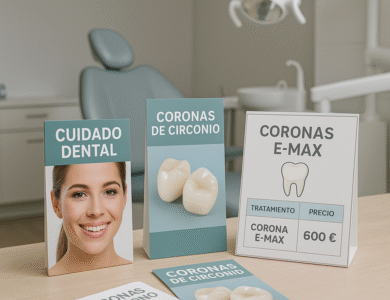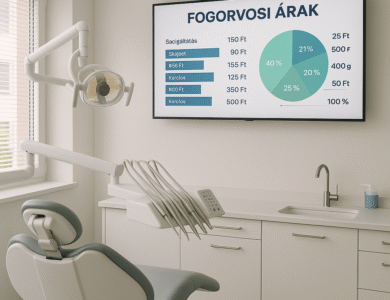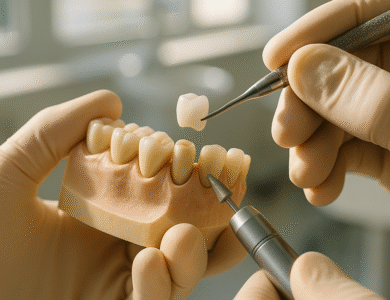
Gum Disease: Signs, Treatment, and Prevention Tips
Gum disease, also known as periodontal disease, is a common but serious condition that affects the gums and supporting structures of the teeth. If left untreated, it can lead to tooth loss and other health complications. Understanding the signs, treatment options, and prevention methods is crucial for maintaining a healthy smile.
What Is Gum Disease?
Gum disease occurs when bacteria in plaque build up along the gumline, causing inflammation and infection. It typically progresses in two stages:
- Gingivitis: The early stage, characterized by red, swollen gums that may bleed when brushing or flossing.
- Periodontitis: A more severe stage where gums pull away from the teeth, forming pockets that can become infected and lead to tooth loss.
Signs and Symptoms of Gum Disease
Recognizing gum disease in its early stages can help prevent serious complications. Some common symptoms include:
- Swollen, red, or tender gums
- Bleeding when brushing or flossing
- Persistent bad breath
- Receding gums or teeth appearing longer than before
- Loose or shifting teeth
- Pain while chewing
If you notice any of these symptoms, it’s important to seek dental care as soon as possible.
Treatment Options for Gum Disease
The treatment for gum disease depends on its severity. Some of the most common treatment options include:
1. Professional Cleaning (Scaling and Root Planing)
For mild cases of gum disease, a deep cleaning procedure known as scaling and root planing can remove plaque and tartar from below the gumline, helping the gums heal.
2. Medications
Antibacterial mouthwashes, gels, and antibiotics may be prescribed to control infection and reduce inflammation.
3. Surgical Treatments
In advanced cases, surgical procedures like flap surgery or bone and tissue grafts may be necessary to restore gum health and prevent further damage.
How to Prevent Gum Disease
The good news is that gum disease is largely preventable with good oral hygiene and healthy habits. Follow these steps to keep your gums in top condition:
1. Brush and Floss Daily
Brushing twice a day with fluoride toothpaste and flossing daily removes plaque buildup, reducing the risk of gum disease.
2. Maintain a Healthy Diet
Eating a balanced diet rich in vitamins and minerals strengthens your gums and teeth. Avoid excessive sugar, which promotes bacterial growth.
3. Visit Your Dentist Regularly
Routine dental checkups and professional cleanings help catch gum disease in its early stages and prevent it from worsening.
4. Quit Smoking
Smoking is a major risk factor for gum disease, as it weakens the immune system and makes it harder for the gums to heal.
5. Manage Stress
Chronic stress can weaken the body’s ability to fight infections, including gum disease. Practicing relaxation techniques and maintaining a healthy lifestyle can help.
Final Thoughts
Gum disease is a serious but preventable condition that can impact both oral and overall health. By practicing good oral hygiene, eating a nutritious diet, and visiting your dentist regularly, you can protect your gums and maintain a healthy smile for life.
If you’re experiencing symptoms of gum disease or want to learn more about gum health, consider consulting a professional through Docintur for expert dental care.





